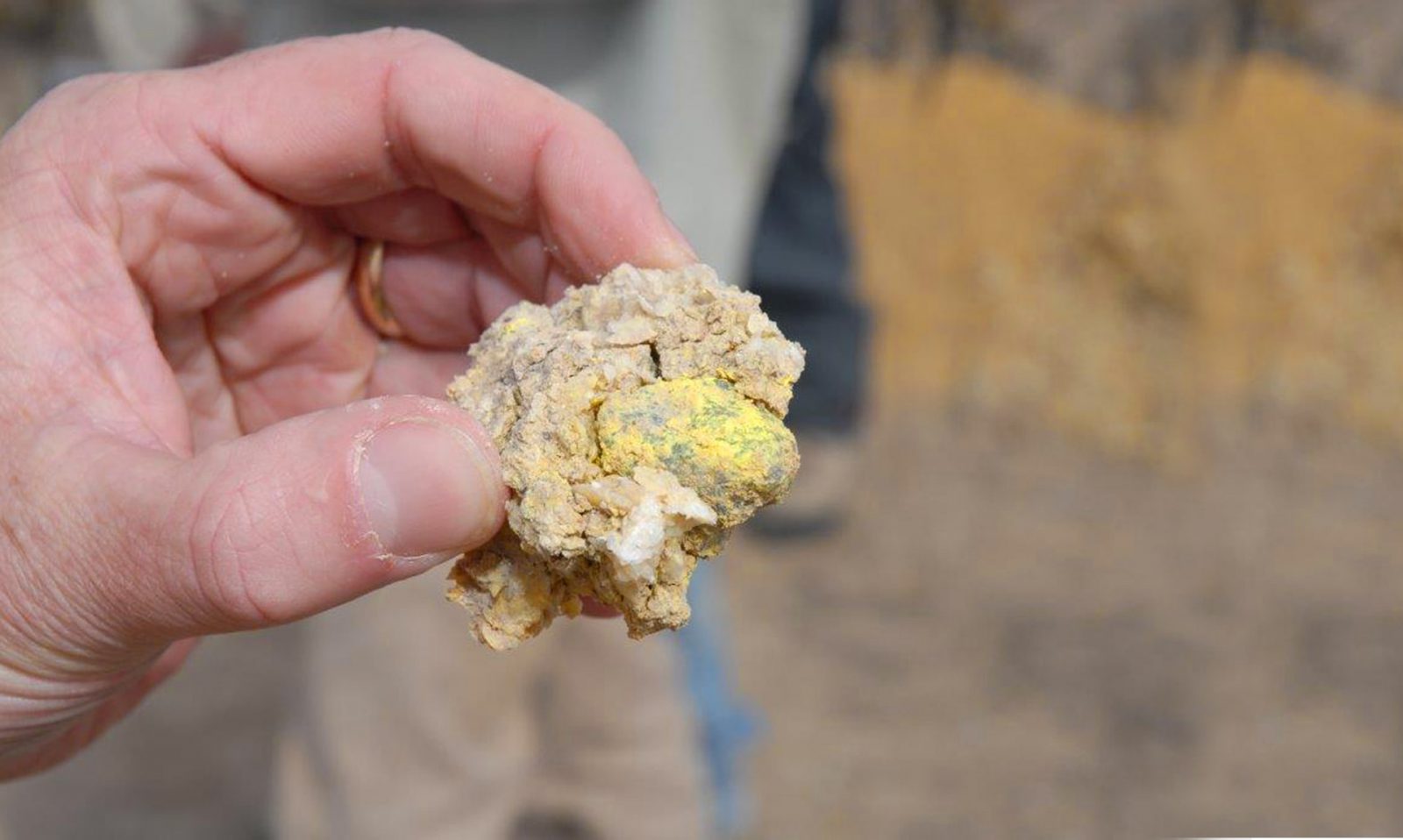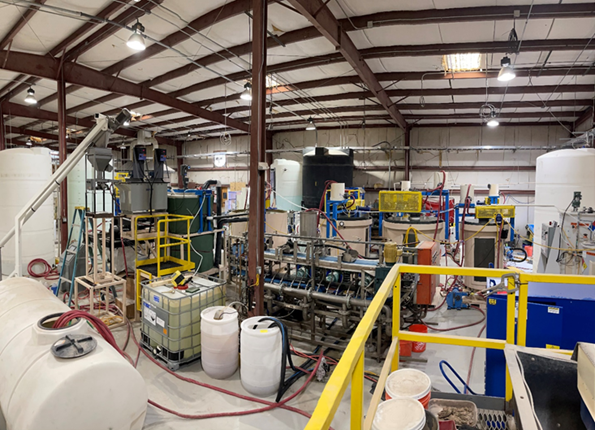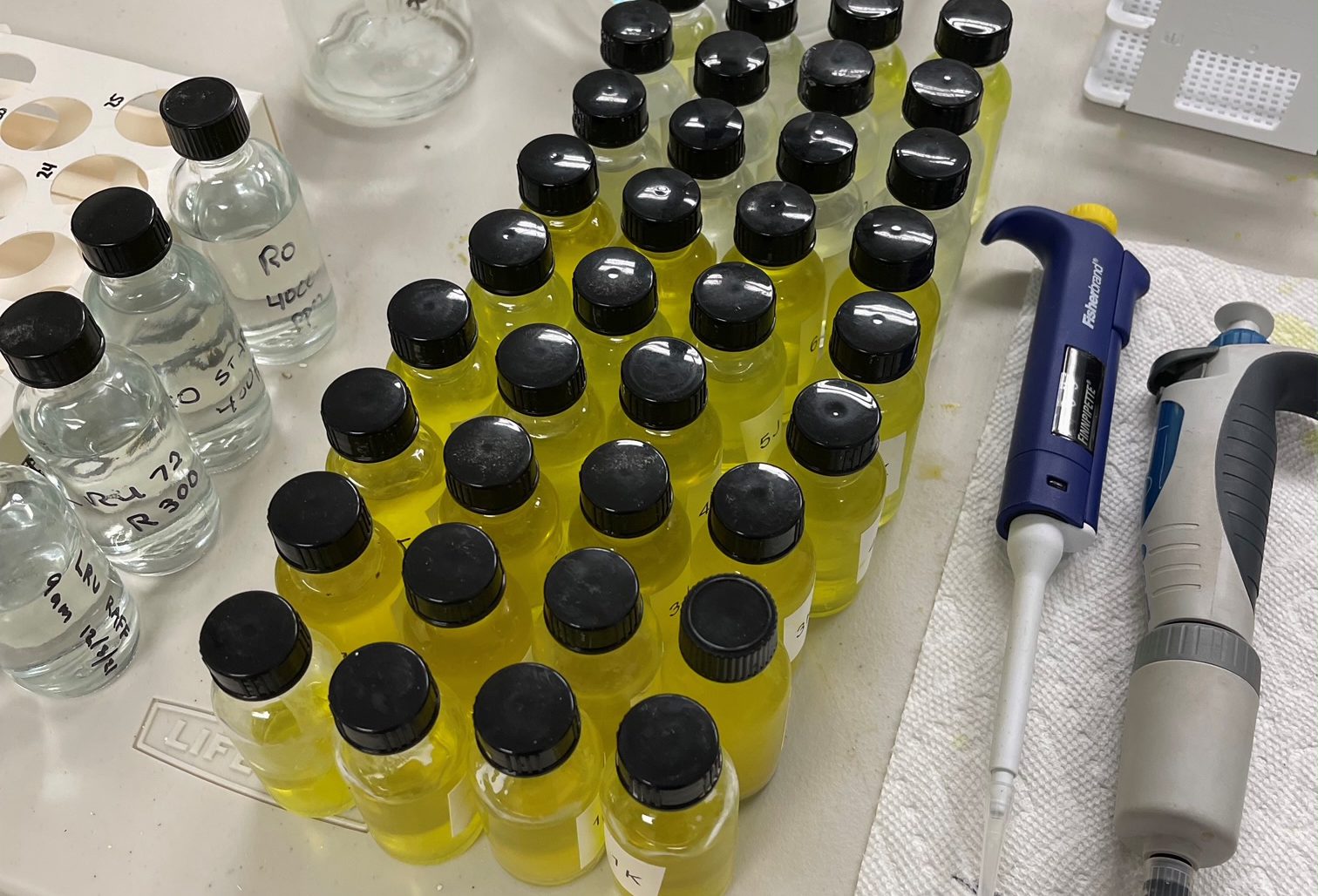Energy Metals Outlook 2022

By Rod Blake
With 50-some years in and around the mineral industry; most of my career, the only energy metal that received much attention was uranium and its main use was to produce electricity by way of nuclear reaction. Nuclear reactors started to appear mostly in affluent nations post World War II as mankind unleashed the power of the atom. Because of size and scale, most of these reactors were large and very specialized plants. They worked very efficiently day in and day out, but when things went wrong such as in the 2011 tsunami in Japan, things could go very wrong. Uranium is one of the world’s most common minerals but economic deposits have proven to be few and far between. Because of the strategic nature of the product, the production and price of uranium yellow cake or U3O8 was a relatively stable market that was controlled by governments and a few large producers. Prices were generally in the US$60-a-pound range and then moved up with increasing demand and reached a record high of US$105 in early 2011 just as a massive tsunami hit Japan. The resulting catastrophic damage to three coastline reactors caused that country to immediately shut down all of its nuclear facilities. Japan had the world’s largest number of nuclear reactors so with their closure the price of U3O8 collapsed to US$20. The sudden shutdown of reactors created a large surplus of uranium and for most of the last 10-years the price of uranium had mainly traded in a range of US$25 – $30.
But the world advances and times change and just as steam energy gave way to petroleum energy, now rising carbon levels in the atmosphere are forcing fossil fuels to give way to electric energy. Other than hydro electric production, nuclear is one of the most carbon neutral and greenest forms of producing electricity. Japan and other countries have started to reactivate shuttered reactors as well as starting to build new, smaller but safer nuclear facilities. This new demand filtered down to the metal and the price of uranium started to rise and tested US$40 last year before finishing  2021 near the US$30 level.
Intangibles can come into play and effect the price in any market. A great example on a large intangible is the ‘Baby Boomers’ who were born in the 1950’s and have effected every market they were exposed to for the past 70-years. An recent intangible of the uranium market has been the entrance of private or publicly funded Exchange Traded Funds (ETFs) into the spot uranium market. These funds saw the surplus in uranium market start to tighten and purchased surplus inventory that they are storing to be resold later at hopefully higher prices. Their continued purchases could affect the price of uranium going forward. It is generally agreed that the cost for a producer to produce a pound of uranium is about US$45 so these funds are thinking that will eventually be the base price to come. Uranium reached US$40 last year. With the increased demand of restarting and opening of new reactors, I can see the price of U3O8 migrating up to that level again in 2022. Now add to this the intangibles of ETF investment purchases and a case could be made for the price of uranium to achieve the breakeven price of US$45 once again.
And while there will be an acceleration in the greening of electrical production away from coal to nuclear, wind & solar, an even greater change in electrification will be seen in the automotive industry. Since the invention of the wheel, mankind has taken to being in motion. From what started as a few gasoline powered cars scaring horses has advanced to automotive  gridlock throughout the world with billions of people driving millions of vehicles to get themselves or their goods from A to B and back. The electrifying of the automotive industry is the greatest change in the transportation industry since Henry Ford started running Model T’s off an assembly line. The assembly line enabled vehicle production accelerate like never before. The electrification of the automobile will be like the assembly line on steroids. Every major auto manufacturer now has, or will soon have, electric vehicles (EVs). The International Energy Agency (IEA) sees the current count of about 10-million EVs rising to about 125-million in 2030 and on to about 200-million units before the world reaches net-zero emissions some years later. And to achieve this, the IEA also estimates the mineral industry will need to produce 40-times more lithium along with 20 – 25% more cobalt and nickel and twice as much copper.
Lithium will be the biggest beneficiary of this transition, but will the industry be able to keep up with the anticipated accelerating demand. Lithium has traditionally been produced from underground lakes of liquefied lithium salt brines. These brines are brought to surface and placed in large evaporation ponds that evaporate away the water and leave behind a lithium concentrate that is collected for production. This is a passive process that takes large acreages of ponds, constant warm sunlight and most important of all, many months of time. Until recently, lithium production was able to keep up to and even exceeded demand, but I think this may change with the accelerated EV production. The sun can only evaporate so much water and these ponds can only be built to workable sizes. Just like environmentalist don’t like acres of oilsands mines I doubt they will readily agree to more acres of lithium evaporation ponds. There are other hard rock and clay based lithium deposits that can be mined by more conventional mining methods. Unfortunately, none of these deposits are being developed for immediate production. And in this modern, not in my backyard world, any newly permitted lithium deposit will take years to get into production. So production may soon lag the demand for lithium and other energy metals. According to Bank of America Global Research – the global mining industry will have to more than double its annual capital expenditures to US$180-billion in order to meet the world’s net-zero carbon emission target.
Last year was a banner year for lithium. Lithium metal rose by 142% to US$77 while the more stable lithium carbonate soared up by over 393% to US$16.67. To see these gains again in 2022 would be amazing and too large to predict. But large gains in the price of lithium could be in the cards because – as of mid-January, the price of lithium metal has already gained another 31.5% to US$101.
Due to current political unrests in Kazakhstan, the uranium market prices have risen sharply while the battery metals will likely be breaking new ground. More players, more products and a motivated consumer base should produce record demand for these metals. All in all – 2022 is shaping up to be a year of accelerated advances for the greening of the planet and by extension – an amazing year for Energy Metals.
At the forefront of energy metals exploration are Blue Sky Uranium Corp. and Cypress Development Corp.
 Blue Sky Uranium Corp. [BSK-TSXV; BKUCF-OTCQB; MAL2-FSE], a member of the Grosso Group of companies, aims to capitalize on a rising uranium price by developing what is considered to be a unique project in Argentina.
Blue Sky Uranium Corp. [BSK-TSXV; BKUCF-OTCQB; MAL2-FSE], a member of the Grosso Group of companies, aims to capitalize on a rising uranium price by developing what is considered to be a unique project in Argentina.
The company’s flagship 100%-owned Amarillo Grande Project (AGP) is considered unique in Argentina because it offers the potential for the discovery of multiple uranium deposits.
One of the company’s key objectives is to deliver exceptional returns to shareholders by rapidly advancing a portfolio of surficial uranium deposits into low-cost producers, while respecting the environment, the communities and cultures in all the areas in which it works.
It is a strategy led by a highly experienced management team, including Chairman Joseph Grosso, a pioneer of mining exploration in Argentina. His involvement in that country dates back to 1993.
 Blue Sky President and CEO Nikolaos Cacos says it’s a good time to be in the uranium sector. “What we are finding is that around the world, people are becoming more accepting of nuclear energy as a safe, secure, reliable and carbon free way of generating electricity,” he said.
Blue Sky President and CEO Nikolaos Cacos says it’s a good time to be in the uranium sector. “What we are finding is that around the world, people are becoming more accepting of nuclear energy as a safe, secure, reliable and carbon free way of generating electricity,” he said.
Cacos said global supply of uranium has not been keeping up with demand, a scenario that has helped to drive the price of the nuclear fuel up to US$45.75 a pound (January 12, 2022) from a low of US$18.50 in late 2016,
A further increase would likely be positive for Blue Sky shares which were trading on January 12, 2022 at 23.5 cents, in a 52-week range of 36.5 cents and 15.5 cents, leaving the company with a market cap of just under $45.3 million, based on roughly 185.4 million shares outstanding.
The Amarillo Grande Project (AGP) covers 300,000 hectares, and contains the Ivana near-surface deposit, which hosts the largest NI 43-101 compliant uranium resource in Argentina. However, Ivana covers only a small fraction of the property and the company aims identify multiple new zones of uranium-vanadium mineralization within the project area.
 Cypress Development Corp. [CYP-TSXV, CYDVF-OTCQX, C1Z1-Frankfurt] is an advanced-stage lithium exploration company focused on developing its 100%-owned Clayton Valley Lithium project in Nevada.
Cypress Development Corp. [CYP-TSXV, CYDVF-OTCQX, C1Z1-Frankfurt] is an advanced-stage lithium exploration company focused on developing its 100%-owned Clayton Valley Lithium project in Nevada.
Led by a highly experienced management team, Cypress offers investors a window on growing demand for lithium, a key ingredient in the production of lithium-ion batteries used to power mobile devices, tablet computers and electric vehicles.
The Clayton Valley Project has the potential to be a sustainable long-term low-cost producer of lithium in the form of battery-grade lithium hydroxide. It lies adjacent to the Albemarle Corp.’s [ALB-NYSE] Silver Peak lithium mine, North America’s only lithium brine operation.

A June, 2020 pre-feasibility study (PFS) envisages the development of an operation capable of producing an average of 27,000 tonnes per year of lithium carbonate equivalent (LCE) at a cash operating cost of $3,387 per tonne. The nominal production schedule uses the material from the first eight pit phases, resulting in a 40-year mine life and 213 million tonnes of mill feed at an average grade of 1,129 ppm Li. The capital expenditure is forecast at $493 million.
In December, Cypress Development completed the purchase of Permit for Water Rights in Clayton Valley, Nevada. The Permit is an essential piece of Cypress’ strategy to develop its Clayton Valley Lithium Project, by securing the majority of the Project’s future water requirements.

The company has commissioned a pilot plant located about 150 kilometres south of the project. It is designed to operate at a rate of one/tonne per day, utilizing chloride-based leaching combined with the Chemionex-Lionex process for direct lithium extraction (DLE). The testing ahead will be one of the larger piloting efforts to extract lithium from clay in the world, and the only one based on a chloride approach to leaching. In an update in December, 2022, the company said it has completed a 7-day successful continuous run and is gearing up for more testing early this year.
In a bid to fund that work, Cypress has raised $16 million from a bought deal private placement of units priced at $2.00 per unit. On January 17, Cypress shares were trading at $2.05 in a 52-week range of $2.61 and 83 cents.
